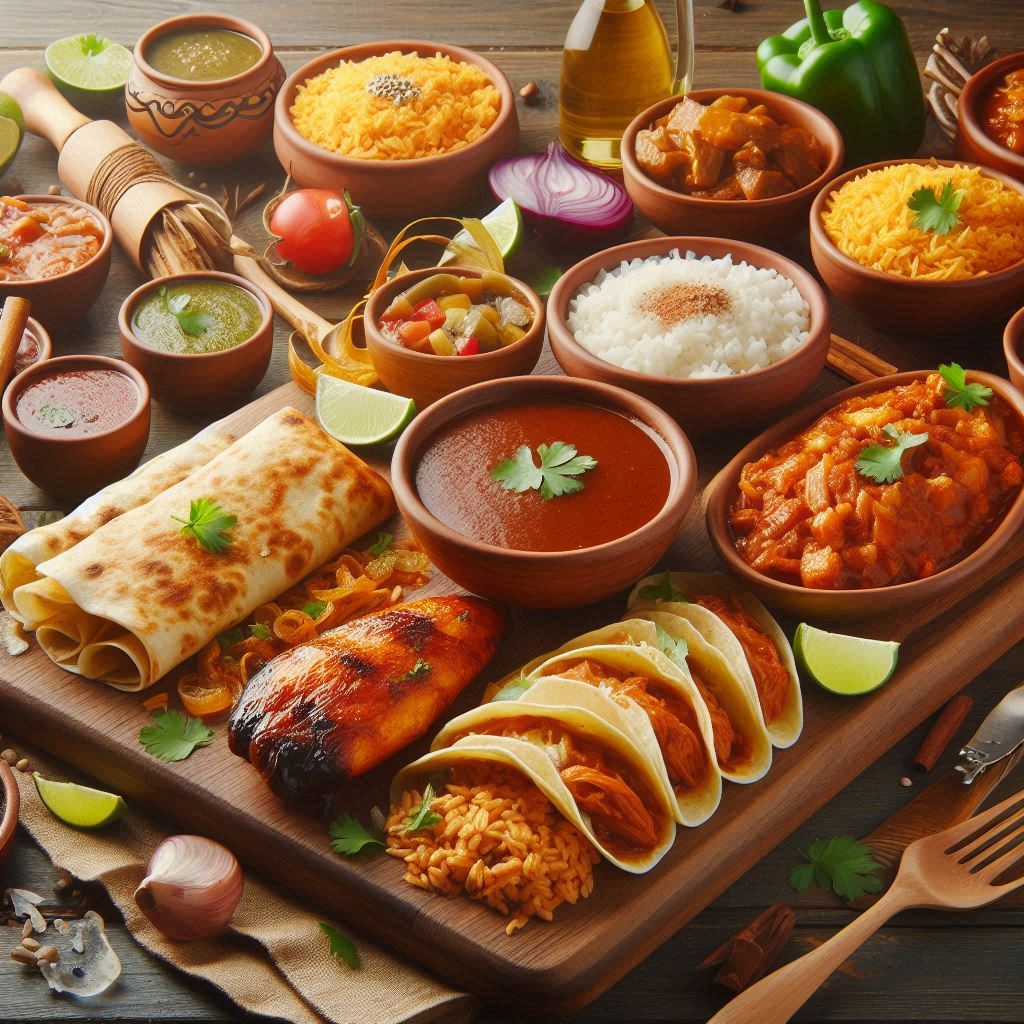The richness of Mexican gastronomy
As Mexican Independence Day approaches, the atmosphere fills with excitement, pride, and anticipation. Known locally as las fiestas patrias, this celebration is not only about parades, music, and vibrant cultural displays, but also about indulging in one of the country’s greatest treasures—its cuisine. Mexican food is more than sustenance; it is a living expression of history, culture, and tradition that continues to shape the country’s identity today.
The cultural importance of Mexican cuisine
Mexican cuisine is so integral to the country’s culture that it was officially recognized by UNESCO as an Intangible Cultural Heritage of Humanity on November 16, 2010. This designation goes beyond simply celebrating the flavor of the dishes—it acknowledges Mexican gastronomy as a complete cultural model.
UNESCO highlighted how Mexican cuisine integrates agricultural practices, ancient culinary techniques, communal traditions, and ritualistic customs into one harmonious system. From the cultivation of maize, beans, and chilies, to the preparation of festive dishes served during significant holidays, food in Mexico is a holistic reflection of both daily life and national identity.
The symbolic value of Mexican food also played a key role in this recognition. For example, tamales—made with corn and enjoyed during Día de los Muertos and other festivities—illustrate the deep bond between traditional cuisine and cultural rituals. Food in Mexico is never just about eating; it is about storytelling, memory, and shared experiences.
National dishes loved across Mexico
While Mexican cuisine is incredibly diverse, several dishes stand out as universal favorites. Institutions such as INEGI (National Institute of Statistics and Geography) regularly conduct surveys to better understand food consumption in the country, revealing the nation’s most beloved staples.
Tacos: the undisputed favorite
It may come as no surprise that tacos top the list. More than just a quick street snack, tacos are a cultural symbol. INEGI reports that tortillas or corn-based foods are consumed nearly every day—6.7 days out of 7 on average. Whether filled with meat, beans, or vegetables, tacos reflect the adaptability and creativity of Mexican cuisine.
Mole: a festive essential
Mole is another dish deeply tied to Mexican celebrations. A survey conducted by De las Heras Demotecnia found that many adults consider mole essential not only during las fiestas patrias but also at weddings, birthdays, and religious events. Rich, complex, and layered with flavor, mole is a testament to Mexico’s culinary artistry.
Enchiladas: comfort food with a twist

In third place are enchiladas, which enjoy a 17% acceptance rate nationwide. Made with tortillas smothered in sauce and topped with cream and cheese, enchiladas are versatile, comforting, and accessible. They embody the everyday side of Mexican cuisine while still carrying celebratory significance.
Arroz: the universal companion

Rice may not be the star of the table, but it is the ever-present companion. Served alongside almost every dish, rice can be enjoyed at breakfast, lunch, or dinner. Its role as a neutral yet complementary staple makes it indispensable in Mexican households.
Tamales: a traditional favorite

Tamales remain one of the most cherished traditional foods, with 32% of Mexicans consuming them weekly. With countless variations in flavor, size, and preparation, tamales are enjoyed by everyone. Each region has its own style, whether sweet, savory, wrapped in corn husks, or banana leaves. Their enduring popularity proves how central they are to Mexican gastronomy.
More than food: a cultural experience
What makes Mexican cuisine so remarkable is not just the flavor but the experience. Preparing traditional dishes often involves family members coming together, sharing knowledge, and honoring rituals passed down for generations. Whether grinding corn for tortillas on a metate or carefully crafting mole with dozens of ingredients, these acts carry cultural meaning.
Food also plays a central role in national unity. During las fiestas patrias, sharing a plate of pozole or tamales is just as important as singing the national anthem or waving the flag. It is a way of reaffirming identity, celebrating heritage, and connecting with the essence of Mexico.
Mexican cuisine on the global stage
Today, Mexican food is recognized worldwide for its richness and complexity. From taco trucks in Los Angeles to fine dining restaurants in Paris, the flavors of Mexico have crossed borders and captured hearts. Yet, what makes them truly special is that no matter how far they travel, their roots remain firmly planted in the traditions of Mexican families and communities.
As the world prepares to watch Mexico celebrate its independence, the country once again reminds us that its greatest strength lies in its culture—especially its food. With every bite of mole, every tortilla filled with savory delights, and every tamal carefully unwrapped, Mexico tells its story to the world.
Conclusion: a legacy to celebrate
Mexican cuisine is not only about taste—it is about history, tradition, and the spirit of community. Recognized by UNESCO, cherished by its people, and admired globally, it continues to be a source of pride and joy. As las fiestas patrias approach, there is no better time to savor the dishes that embody Mexico’s heritage and to celebrate the flavors that make the country one of the world’s richest culinary destinations.



